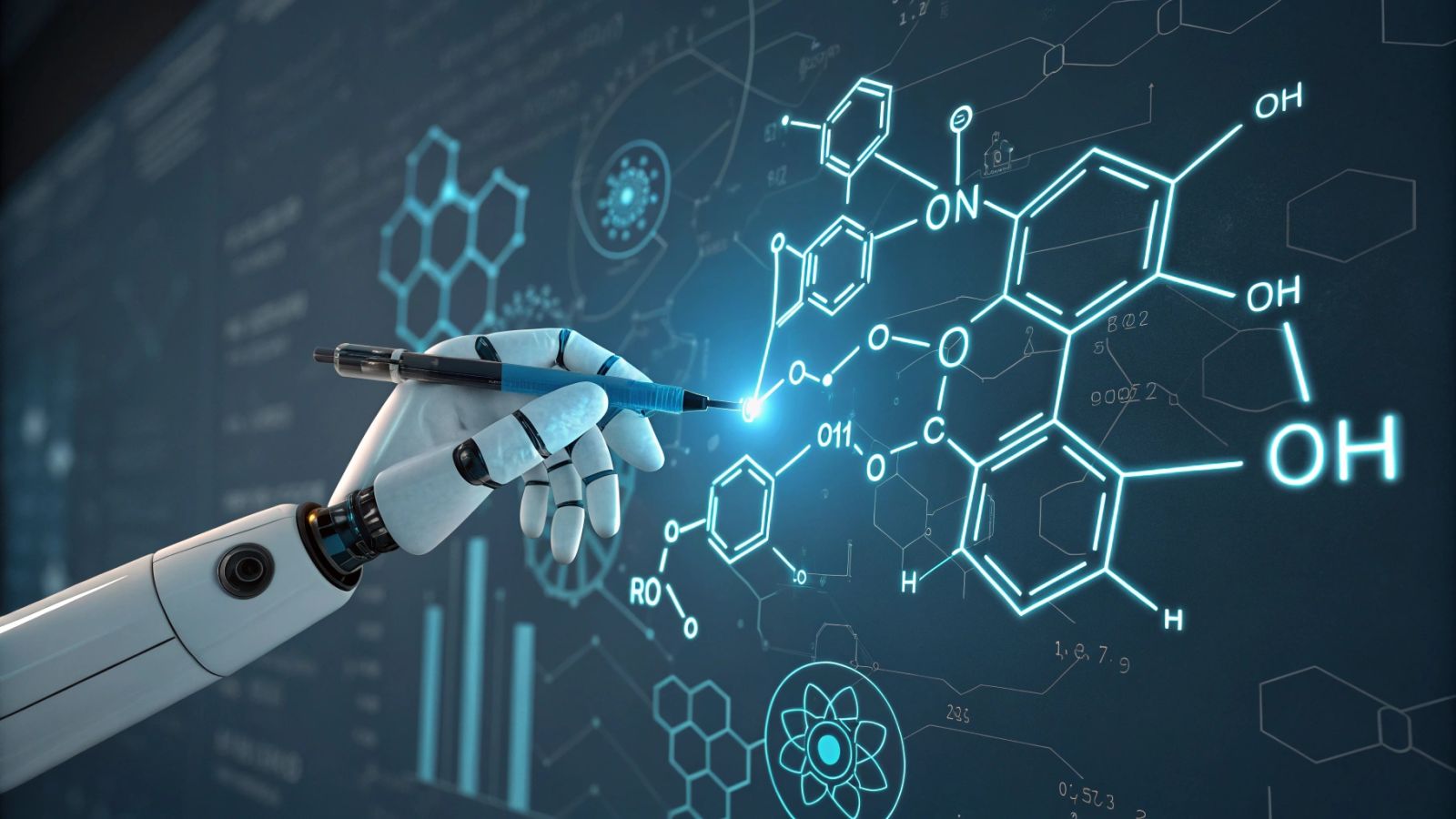Introduzione
AI drug discovery speeds identification and safety testing of candidates, reducing animal studies and compressing development timelines and costs.
Quick definition: AI drug discovery uses computational models and experimental data to predict efficacy and toxicity, cutting unnecessary tests.
Context
The FDA plans to make animal studies the exception within three to five years, prompting firms to invest in alternative approaches. Companies like Certara, Schrodinger and Charles River are bolstering AI-driven models; methods such as organ-on-chip and 3D liver systems better mimic human biology.
Why AI drug discovery matters now
Improved computing power, richer phenotypic datasets and hybrid platforms have moved AI from theory to practice. For example, Recursion advanced a cancer candidate into trials in 18 months versus a 42-month industry average, showing meaningful time savings.
The Problem / Challenge
The main challenge is scaling hybrid approaches while satisfying strict FDA requirements; integrating in silico models with organ-on-chip and clinical data demands rigorous validation and regulatory alignment.
Solution / Approach
Practical steps to implement AI drug discovery include:
- Cross-validate computational models against human-relevant preclinical systems
- Build hybrid pipelines that combine machine learning with targeted testing to reduce unnecessary experiments
- Engage regulators early to align safety metrics with FDA expectations
- Start with low-risk use cases and document outcomes to support broader adoption
"AI in drug development is moving from theory to practice. The focus now is on how quickly hybrid approaches can scale while meeting strict FDA requirements."
OpenTools POV
Economic and timing impact
Analysts estimate per-drug costs could fall from about $2 billion to under $1 billion with widespread digital and hybrid methods, accelerating access to clinical trials and reducing reliance on animal testing.
Conclusion
AI drug discovery can substantially cut timelines and costs, but success depends on regulatory validation and the scalability of hybrid models. Industry and regulators must work together to convert efficiency gains into approved, reliable processes.
FAQ
Q: What is AI drug discovery?
A: The use of algorithms and models to identify therapeutic candidates and predict efficacy and safety, reducing unnecessary tests.
Q: Can AI drug discovery replace animal testing?
A: The aim is to greatly reduce animal studies; the FDA intends to make them the exception in 3–5 years, but full replacement needs regulatory validation.
Q: Which technologies enable AI drug discovery?
A: Organ-on-chip systems, 3D liver models, computational models and machine learning integrated with experimental data.
Q: What are the main adoption risks?
A: Risks include limited model generalizability, poor data quality, and regulatory hurdles if validation is inadequate.
Q: Are there real-world examples?
A: Recursion moved a cancer candidate into trials in 18 months versus an industry average of 42 months, illustrating practical acceleration.
